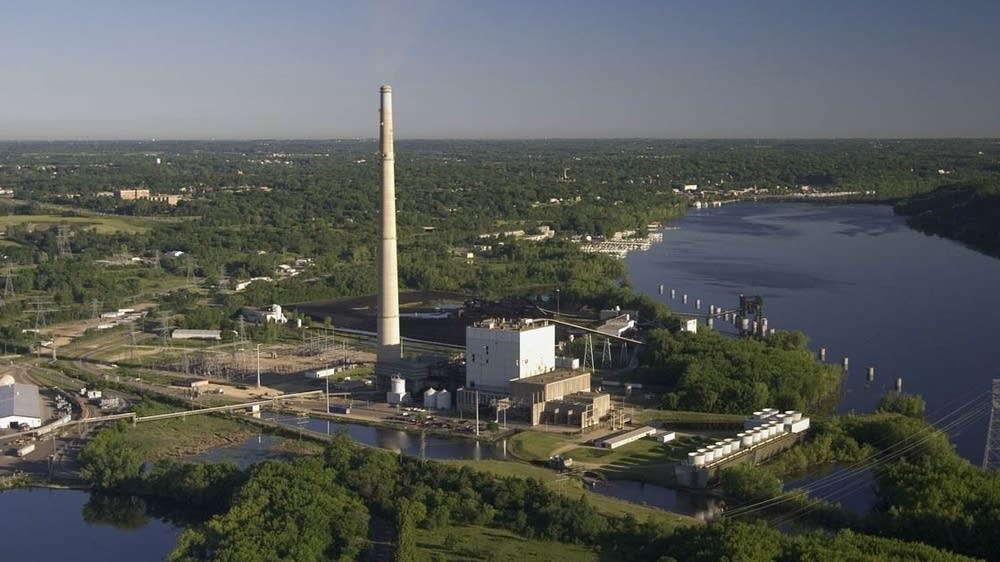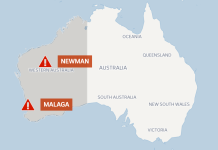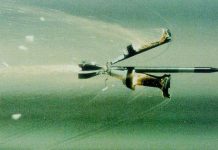After it became apparent that contaminated water was leaking out of the melted-down nuclear reactors and flowing into groundwater, around 1 million tonnes of wastewater containing many radioactive elements was pumped into over 1,000 storage tanks around the site of the former power plant.
Now, Tokyo Electric Power Company (or TEPCO), the operator of the nuclear power plant, is tasked with working out what to do with these vast vats of contaminated water.
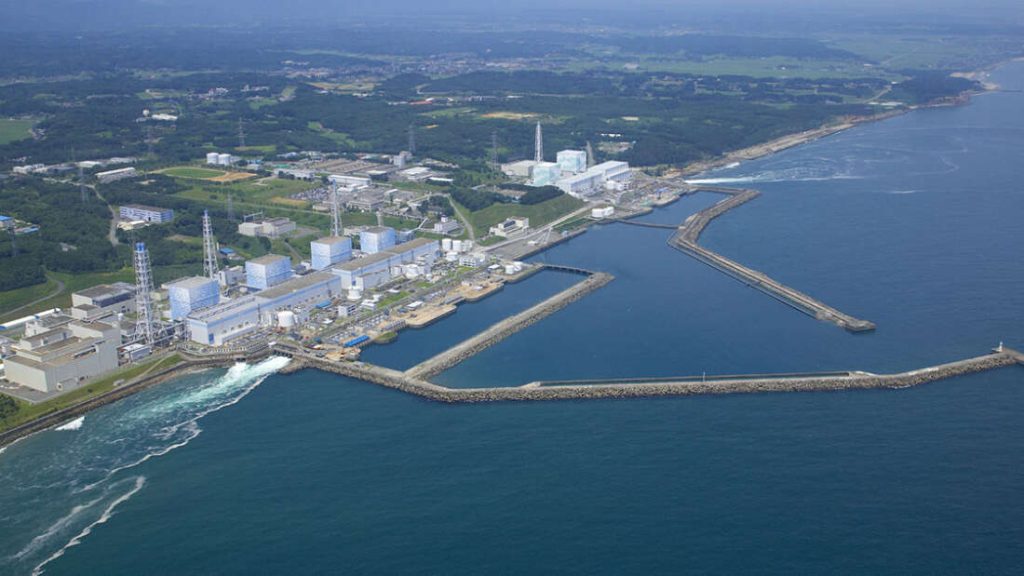
TEPCO has been toying with the idea of slowly dumping the wastewater into the Pacific Ocean after using a chemical treatment to remove the lion’s share of the radioactive elements.
Proponents of the idea say this isn’t as dangerous as it perhaps sounds since most radioactive elements are removed from the water except for tritium, the least radioactive of all radioactive elements that have a relatively short half-life.
But a new study suggests this plan is currently a riskier move than previously assumed. Marine chemists at the Woods Hole Oceanographic Institution argue that tritium is not the only problem after finding that other isotopes including carbon-14, cobalt-60, and strontium-90 still remain in the treated wastewater.
“The concentrations of these radioactive isotopes are orders of magnitude lower than tritium but highly variable from tank to tank,” the study authors write.
“More than 70 percent of the tanks would need secondary treatment to reduce concentrations below that required by law for their release,” they added.
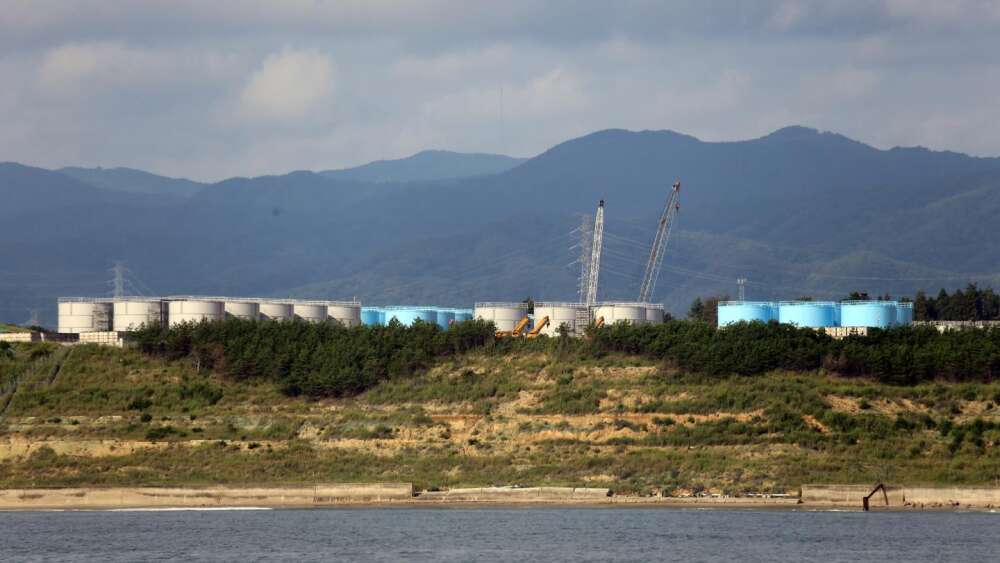
If simply discharged into the ocean, the wastewater runs the risk of adding further radiation into the marine environment, which could cause further problems for marine life. The team also argues that we don’t have enough knowledge about how each radioactive isotope reacts with the marine environment.
“For example, the biological concentration factors in fish are up to 50,000 higher for carbon-14 than tritium,” they explained in their paper. “Also, isotopes such as cobalt-60 are up to 300,000 times more likely to end up associated with seafloor sediments. As a result, models of the behavior of tritium in the ocean, with tritium’s rapid dispersion and dilution, cannot be used to assess the fate of these other potential contaminants.”
All hope isn’t lost
The researchers argue that there are solutions that will still allow for the safe disposal of the wastewater in the ocean. However, it will require further water treatments and the input of independent experts to verify everything is above board.
“It’s a hard problem, but it’s solvable,” said Ken Buesseler, study author and a marine chemist at the Woods Hole Oceanographic Institution.
“The first step is to clean up those additional radioactive contaminants that remain in the tanks, and then make plans based on what remains. Any option that involves ocean releases would need independent groups keeping track of all of the potential contaminants in seawater, the seafloor, and marine life. The health of the ocean – and the livelihoods of countless people – rely on this being done right.”
About a month ago, scientists published the physical, chemical, and isotopic form of the released plutonium (Pu) released from the damaged Fukushima Daiichi Nuclear Power Plant (FDNPP) reactors into the environment during the site’s 2011 nuclear disaster.
There’s no doubt that Fukushima’s contaminated wastewater is a bigger problem than realized. All of the other radioactive elements have not been removed from the water by chemical treatment and the amount of other elements in the water, although relatively small, could pose a hazard even if heavily diluted. More radioative news on Strange Sounds and Steve Quayle. [Science, WHOI, IFL Science]
Now if you are looking for supplements to increase your healthy lifestyle and sexlife please visit Natural Health Source.




